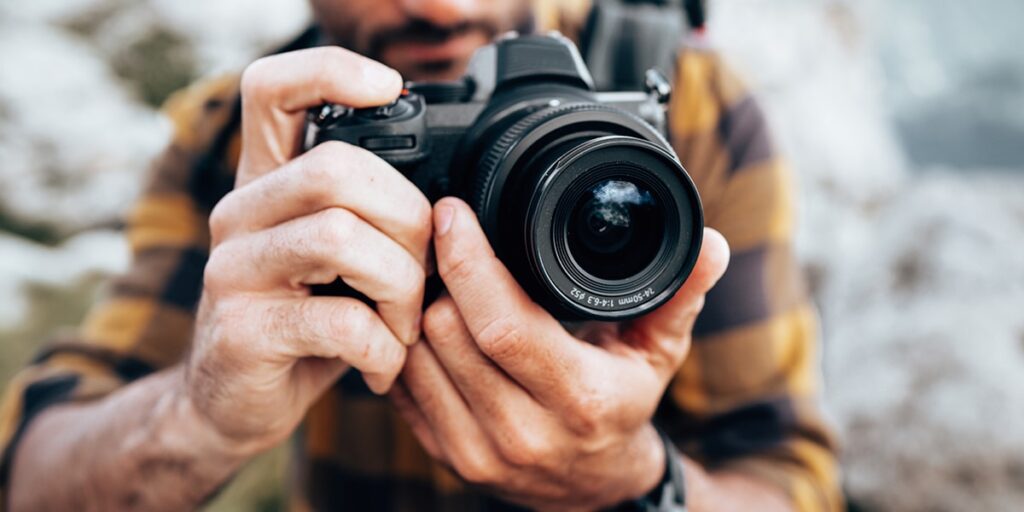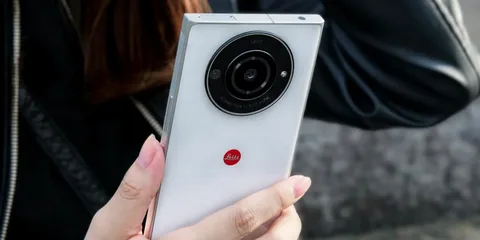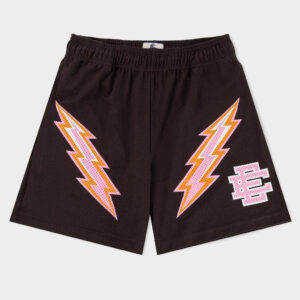Smartphones have become much more than just devices for communication. They have developed into formidable competitors in the field of photography thanks to their powerful sensors, AI-powered image processing, and adaptable camera systems. This begs the question: Can a smartphone be applied to professional photography? Yes, but only if you have the skills that are required, gear, and knowledge of your limitations.
The Evolution of Smartphone Cameras
It has been a phenomenal journey from grainy VGA images to 200MP sensors. Features of contemporary smartphones, like the Google Pixel 8 Pro, Samsung Galaxy S24 Ultra, and iPhone 15 Pro Max, are as follows:
1: Many lenses (telephoto, macro, as well as ultra-wide)
2: Stabilization of optical images (OIS)
3: Pro modes allow you to manually adjust the white balance, shutter speed, and ISO
4: RAW picture taking
5: sophisticated computer-generated images
Due to these features, smartphone photography is currently more comparable to that of DSLR and mirrorless cameras, making them invaluable instruments for professionals, especially in fields like social media marketing, journalism, travel, and content creation.
Real-World Examples of Smartphone Photography
Smartphones are already a common tool made use of by photographers. For instance:
Awards for iPhone
Beautiful images taken purely with iPhones are displayed in this yearly competition.
Totally smartphone-shot cover photos have been featured in Time Magazine and National Geographic.
The entire content pipeline of Instagram, YouTube, and TikTok influencers and content creators is largely dependent on smartphones.
These instances suggest that skill frequently exceeds equipment. More important than the technique are composition, lighting, and the story.
Tips to Capture Professional-Quality Photos on a Smartphone
Here are some crucial suggestions if you want to use your smartphone for professional photography:
1. Select Manual or Pro Mode.
Similar to traditional cameras, this offers you creative control over ISO, shutter speed, focus, and white balance.
2. Shoot in RAW. RAW files give you more post-processing flexibility because they preserve more image data than JPEGs.
3. Make Use of Natural Light
The lighting is crucial. You can significantly improve your photographs by taking them during the golden hour, which is just after sunrise or before sunset.
4. Make Use of a Tripod Floundering hands can still affect smartphones. Sharp photos are guaranteed with a tripod, particularly in low light or with raised exposures.
5. Make an accessory purchase
Consider
purchasing
Lenses that clip on (for wide or macro shots)
External lighting (which includes ring lights or LED panels)
Quote from a Professional
“The photographer is more important than the camera. In the correct hands, a smartphone can perform more effectively than a DSLR.
— Ben Moore, a visual artist and mobile photographer
The photography community as a whole agrees: tools are important, but technique and vision are more essential.
When Smartphones Shine
In certain instances, smartphones truly perform as well as conventional cameras:
Street photography: Understated and separate
Vlogging: a lightweight, easy-to-use setup that produces outstanding video
Social media: Integrated native apps and quick turnaround
Travel: Cloud backup that is dependable, quick to access, and less to carry
Speed, size, and connectivity are more important in these scenarios than raw image quality.
Limitations to Keep in Mind
Smartphones continue to have significant drawbacks in spite of their benefits:
Limited zoom: Even periscope lenses are unable to substitute optical zoom lenses, and digital zoom decreases quality.
Shallow depth of field: While portrait mode can mimic bokeh, it is not always able to duplicate the depth and organic falloff of a fast lens.
Overprocessing: AI and computer improvements may occasionally yield results that are too precise or unrealistic.
Battery life: Longer photo lessons can deplete a phone’s battery quicker than a camera’s.
Knowing these limits will assist you in determining when traditional equipment is required and when a smartphone is sufficient.
The Future of Smartphone Photography
The photography on smartphones will only improve due to the rapid developments in AI and machine learning. AI-assisted composition suggestions, 3D depth mapping, and real-time background replacement are only a few of the features that are currently being developed or used.
Expect seeing:
Greater sensors
Better technology for lenses
Integrated support for drones
The native camera app has more sophisticated post-processing features built in.
The difference between photography on phones and cameras is getting smaller as smartphone technology advances.
Conclusion
So, can a smartphone be used for professional photography? Of course. Smartphones can produce results that match or even exceed professional standards when used with the correct mindset, methods, and resources—especially in industries that place a high value on connectivity, speed, and mobility.
However, they aren’t perfect substitutes for every situation. Traditional cameras continue to dominate high-end commercial work, sports, wildlife, and studio shoots.
In the end, however, the photographer is more essential than the device. If you become an expert with your smartphone, you’ll never miss an image that’s worth implementing.
Read more… smartphone








